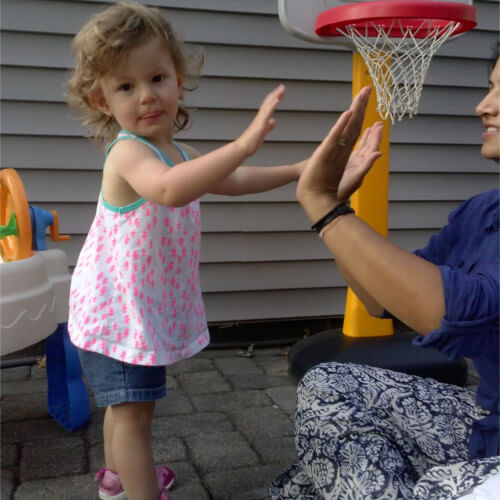Strength & Balance Deficits
There are many different conditions that can cause walking and balance difficulties. Walking is a very complicated sequence of muscles and nerves firing at the right time and the right place. Typically children progress through normal stages of walking development, from standing holding onto objects, to cruising, walking with arms out and up for balance, to smoother walking and finally running. Problems with balance and walking difficulties can often show up with running and playing, especially on unsteady surfaces such as grass. Having a child walk or run backwards, can show just what muscle motor patterns may be affected.
Children that start to fall behind often have problems with coordination, balance and strength. This can be slight or quite significant. In addition, conditions such as Cerebral Palsy can create excessive firing of muscles (hypertonia), making normal walking patterns, rigid, spastic and very difficult.
How Pediatric Therapy Helps
Our pediatric physical therapists typically work with children having delays or difficulty with walking. However, at times our pediatric occupational therapists will be involved in helping children with improving their muscle motor movements to facilitate improved walking. Our therapists evaluate your child’s posture, joint movement, muscle strength, balance and coordination on a variety of surfaces.
This paints a picture of what specific sequences or areas may need addressing. A thorough plan is then put together that may involve strengthening, balance and coordination exercises. Additionally, exercises and working with the family on activities to perform at home, help your child practice proper walking for their age and development. The goal in pediatric therapy is to attain great results for your child, while making therapy a fun, playful and engaging activity.



